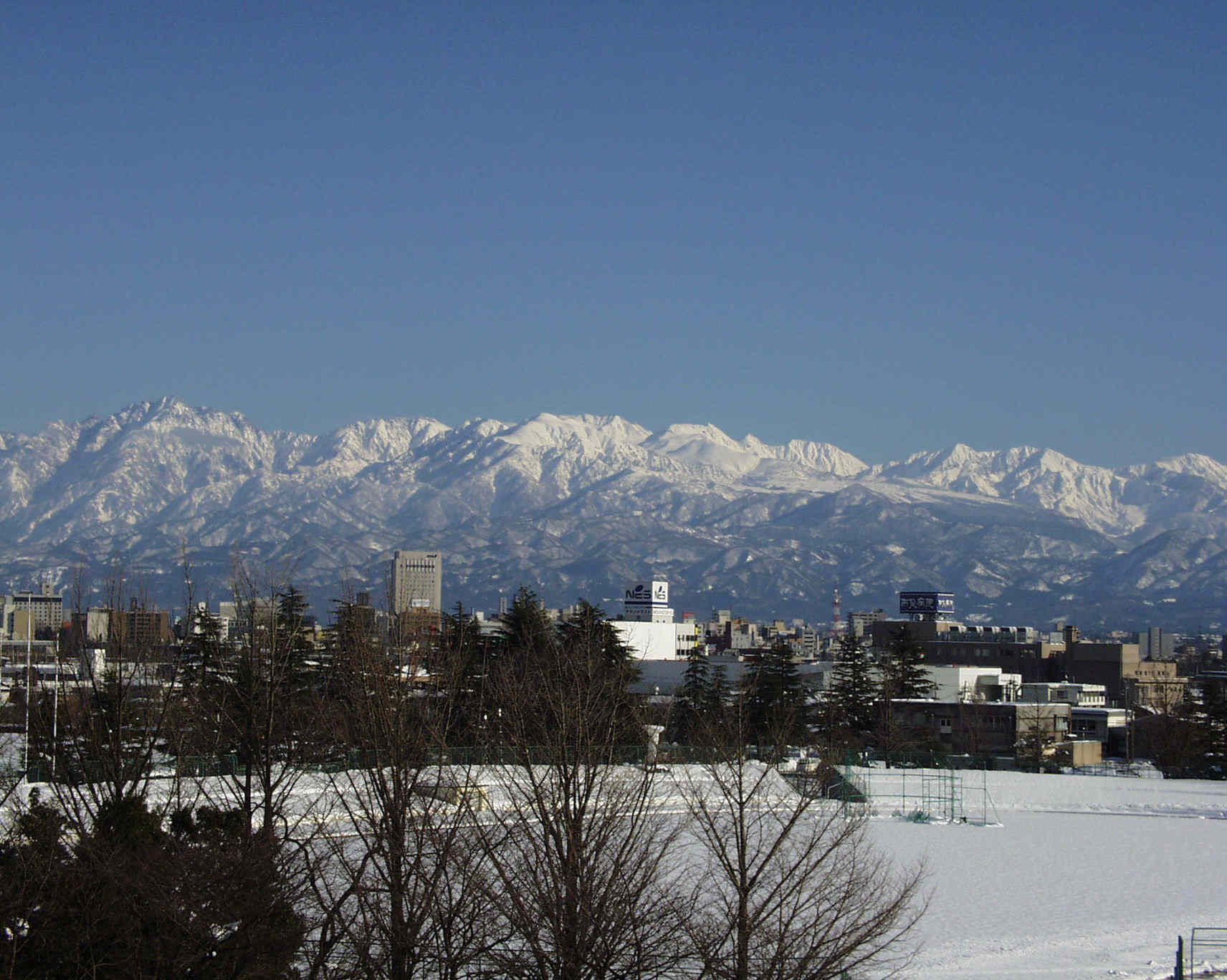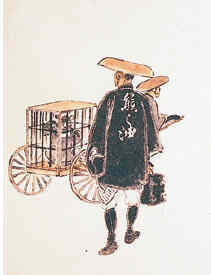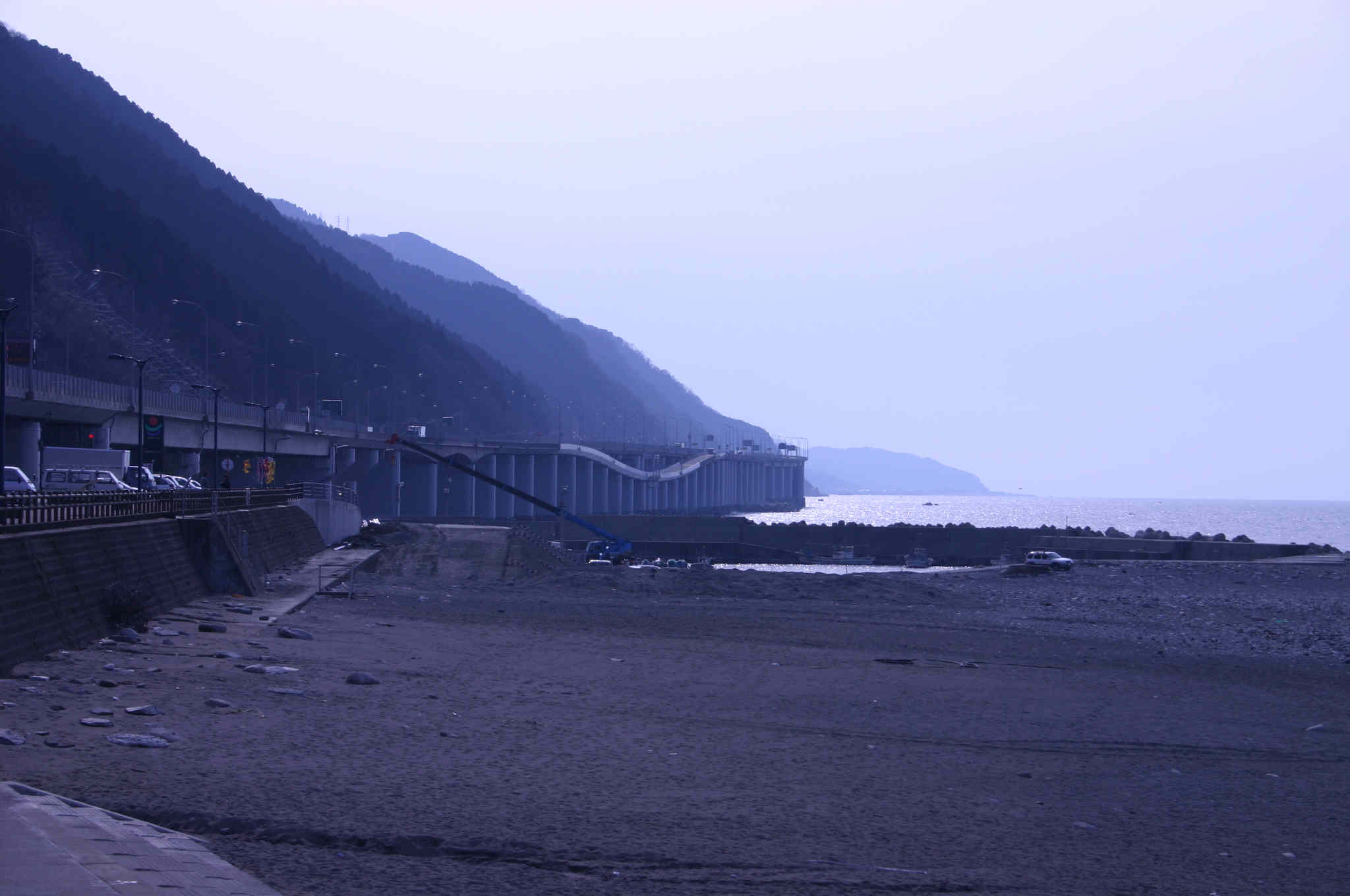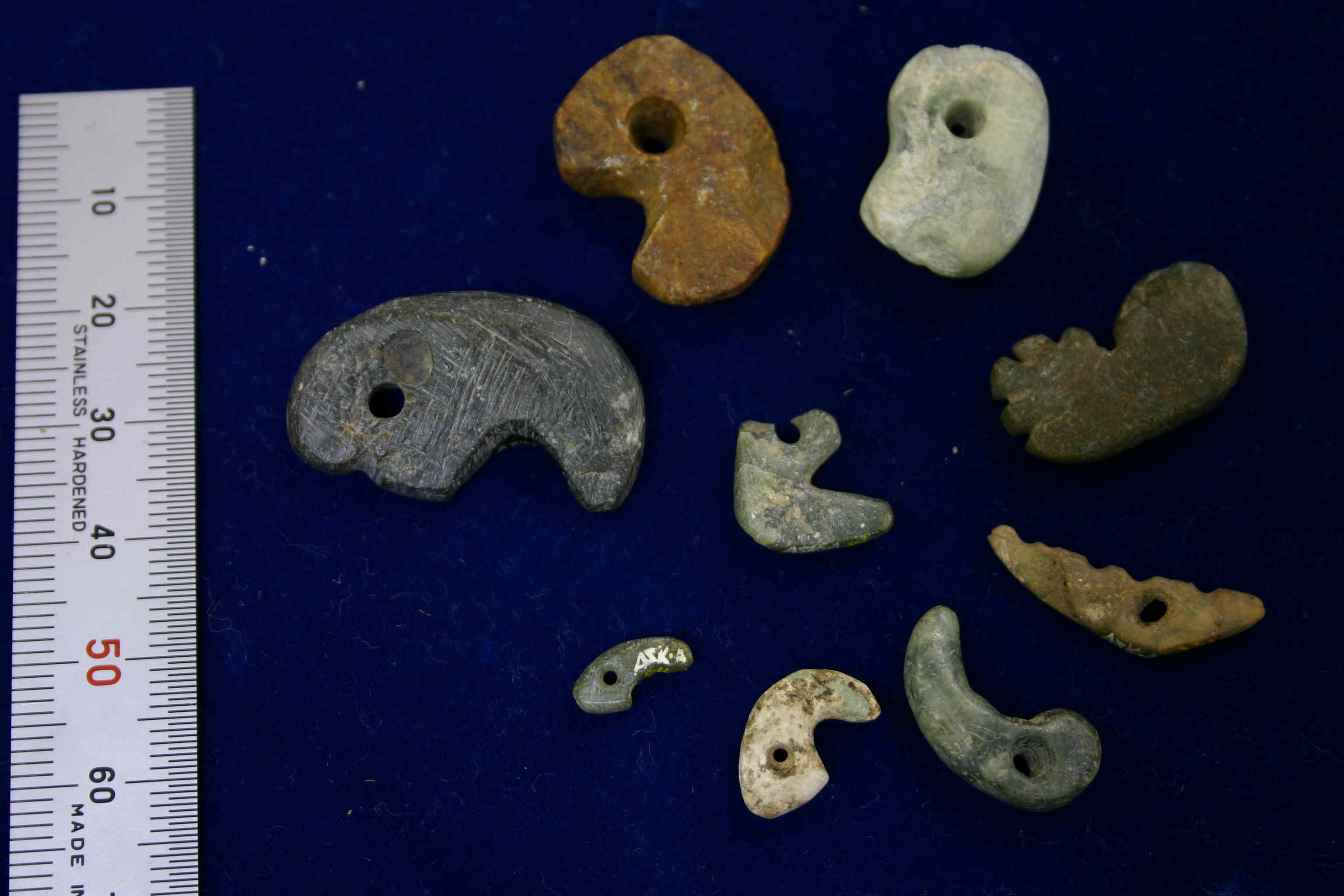Hokuriku area. (Group leader Junzo Uchiyama)
Neolithisation 3000 BC-500AD; Modernisation 14th-19th c
Area. Hokuriku region: Toyama Plain, Jadeite Coast and Shianogawa river basin.
Reasons for selection:
(1) H. region is characterised by narrow plains surrounded by sea and mountains of high altitude, and connected by small rivers.

(4) H. area has been a central point in Japan Sea maritime network throughout history and
(5) is rich in valuable natural resources like jadeite and bears.
Important issues during the Neolithisation period:
(1) H. area represents the most developed Jomon culture on the Japanese Archipelago with its unique large scale shell mounds, large settlements, decorative potteries and wide distribution of wooden circles;
(2) Relatively late adoption of paddy field rice cultivation and continuation of swidden agriculture;
(3) The functioning of H. area as the central node in the trading network uniting inland and the Japan Sea coast;
 Important
issues during the Modernisation period:
Important
issues during the Modernisation period:
(1) Formation of the largest rice production area by extensive landfills of lagoons despite climatic conditions unsuited for paddy fields;
(2) The activity of travelling merchant groups (Toyama medicine peddlers) who played an important role in the formation of an all-Japan trading network and distribution of product economy;
(3) Construction of numerous ports which were central to the Hokkaido-Osaka-Kyushu-Okinawa trading route.
(4) Wide support for Pure Land Buddhism which led to large-scale peasant uprisings;
(5) No considerable urbanisation or concentration of settlements; Dispersed settlements have remained until today.

